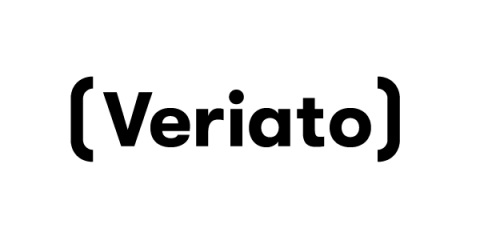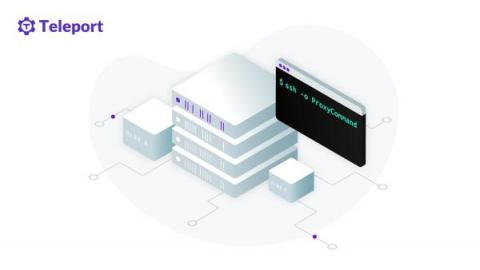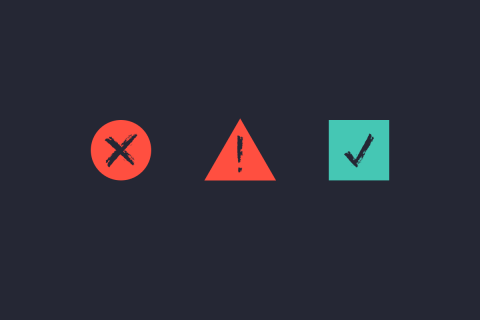Why client-side web application security is critical to protecting from Magecart and other similar attacks
What can’t you buy on the internet? Last-minute birthday gifts. Check. A new refrigerator. Check. An engagement ring. Check. Groceries. Check. Travel to foreign lands. Check. Internet-driven consumerism is a critical component of our economy. But it has its dark side filled with demons.










